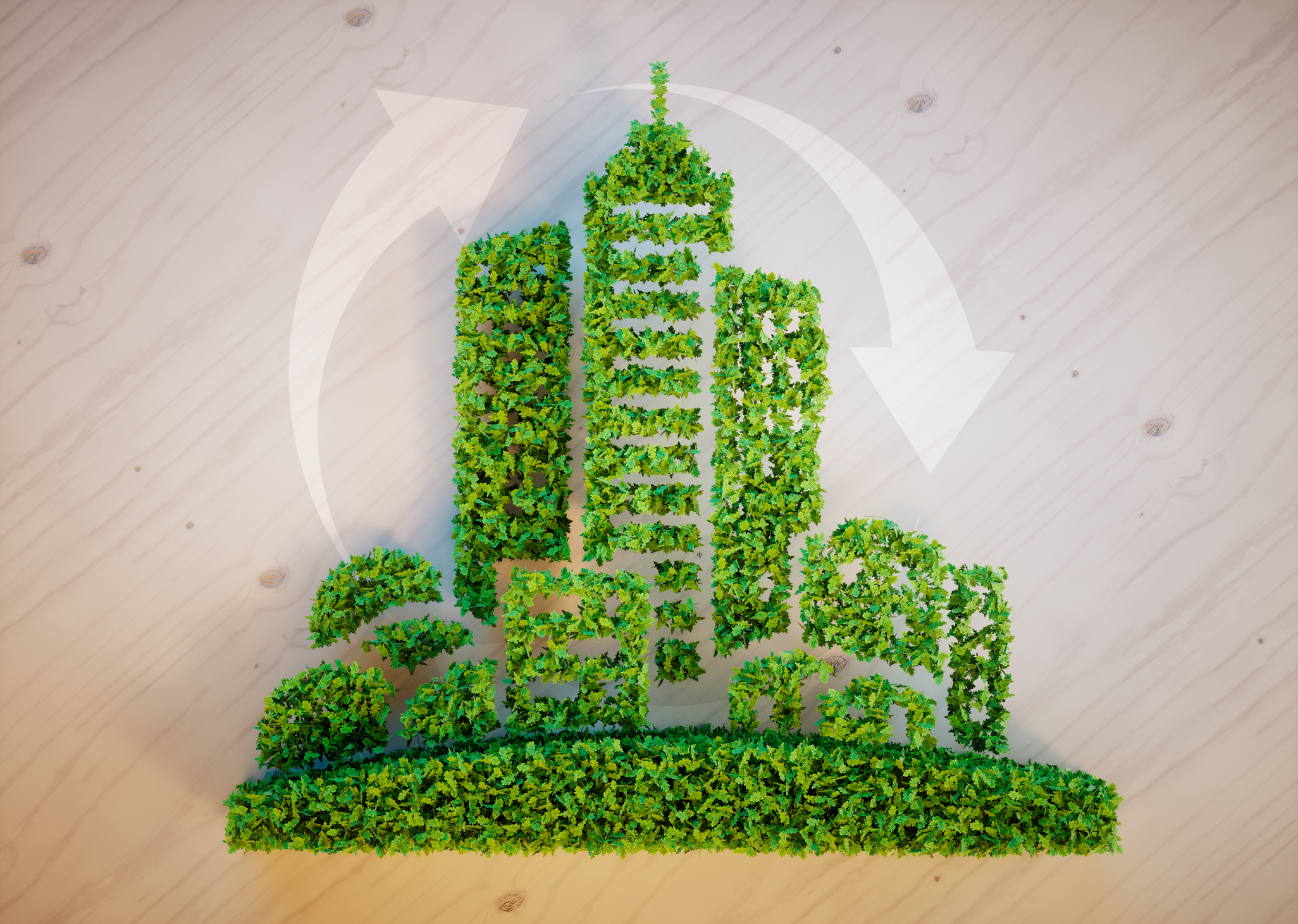When thinking of sustainable building design, one of the more commonly known certifications is Leadership in Energy and Environmental Design (LEED). Developed by the U.S. Green Building Council (USGBC), LEED certification is a formal method of confirming that a building has been designed, constructed, and will operate in a sustainable way. LEED has been the most popular standard in North America for many years, offering an in-depth framework for developers and engineers while providing a simplified rating result of Certified, Silver, Gold, and Platinum to allow the general public to know at a glance how sustainable the building is.
While LEED has been a successful tool for architects and engineers in building design, several new certifications have come out since LEED, many of which target a higher level of performance than LEED Gold and Platinum. Passive House focuses on extreme insulation improvements and simplified HVAC systems; Living Building Challenge follows many of the same principles of LEED with an additional emphasis on constructing buildings that operate in tandem with the environment. While not a certification, a Net-Zero building is a building that generates as much energy as it consumes through the use of solar panels or wind turbines.
New Trend in Sustainable Design
Passive House is one standard that has seen a significant increase in popularity in the last couple of years. Originating in Europe, Passive House seeks to significantly improve the energy efficiency of a building by installing higher levels of insulation and nearly eliminating the heating and cooling load before it enters the building. This allows for smaller and simpler HVAC systems and cuts down on both operating and maintenance costs. The general process of achieving a Passive House or Living Building Challenge certification is much the same as LEED. A sustainability consultant will guide the process through design and construction and ensure proper procedures are followed, and documentation is submitted. These types of certifications are becoming a part of many new buildings, one example being the 1488 Alberni Street building situated in Vancouver, B.C. 1488 Alberni Street, and its Passive House design will contribute to the city’s Greenest City initiative.
Having multiple certifications allow developers to choose the program that best suits their building rather than a “one size fits all” approach. A residential developer may look to follow the Passive House program, while companies with the intent of occupying the building may prefer Living Building Challenge certification. If the utility provider allows net metering (selling electricity back to the grid), a Net-Zero building may be able to eliminate its energy bill. These new certifications will not affect existing LEED-certified buildings. Constructing a LEED building is still seen as a significant accomplishment, and it represents a substantial improvement over “minimum code”.
Importance in Achieving Sustainable Design
Considering the dire conditions the earth is facing, it is essential to adapt and incorporate sustainable design in new and existing buildings. By implementing sustainable design and construction strategies, there is a decrease in environmental impacts. There is also less energy usage and the added financial benefit for building owners; however, these are not the only benefits that can be realized. Programs such as LEED and Living Building Challenge extend the concept of sustainability to include the entire life cycle of a building, from how the construction materials are harvested and transported to the site to ensure occupants have a healthy space to live and work to how refrigerant is disposed of when mechanical equipment reaches its end of life.
These programs help to focus our thinking and provide a framework to help design and build better buildings. Learn more about our sustainability consulting services and how we can provide solutions that achieve your sustainable goals and objectives for new or existing buildings.
